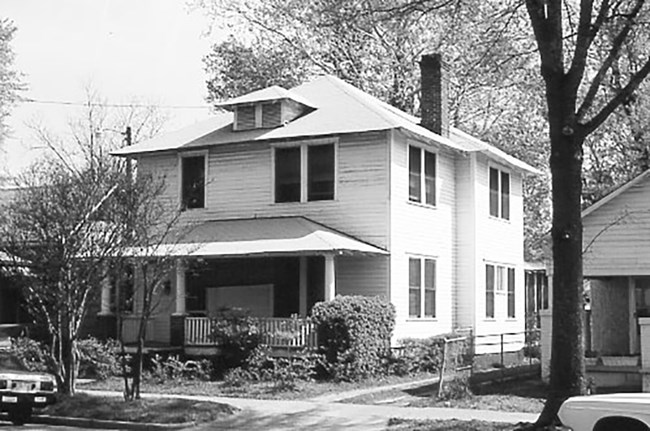Last updated: February 23, 2021
Article
South Carolina: Waverly Historic District

Green Book of South Carolina
Among the luminaries who lived and worked in the Waverly neighborhood were South Carolina civil rights icons Modjeska Monteith Simkins, John Henry McCray, Reverend James M. Hinton, and Judge Matthew J. Perry. Waverly residents operated and patronized neighborhood businesses, some of which were listed in the Negro Motorist Green Book, a popular travel guide that provided African Americans with vital information to ensure safe travel through segregated locales. The former site of Waverly Five & Dime, one of several establishments operated by entrepreneur and political activist George Elmore, is located here. Elmore faced threats and experienced financial ruin as retribution for his successful lawsuit that opened the state’s “whites only” Democratic Primary to African Americans. Numerous African American religious, social, and educational institutions were established here including Allen University, Benedict College, and dozens of the city’s oldest Black churches of varying denominations.
The Waverly Historic District became part of the African American Civil Rights Network in February 2021.
The African American Civil Rights Network recognizes the civil rights movement in the United States and the sacrifices made by those who fought against discrimination and segregation. Created by the African American Civil Rights Act of 2017, and coordinated by the National Park Service, the Network tells the stories of the people, places, and events of the U.S. civil rights movement through a collection of public and private elements.
